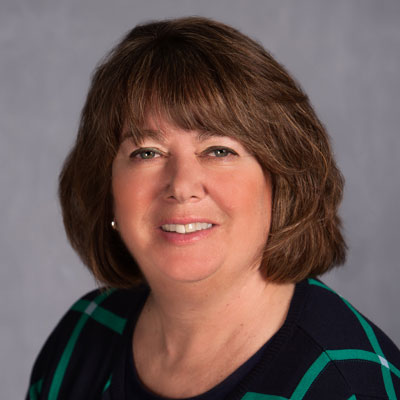

After a pandemic-induced drop in assisted living demand, things are looking up, according to experts at the National Investment Center for Seniors Housing & Care.
Nearly two-thirds of organizations (61%) with assisted living units reported increases in occupancy compared with prior surveys, according to data from the NIC Executive Survey Insights Wave 36 survey.
The first quarter of 2021 marked the lowest level of occupied units since 2017, Beth Burnham Mace, chief economist and director of outreach, and Omar Zahraoui, senior data analyst, wrote Thursday. Assisted living properties, in particular, experienced the harsh effects on demand across both the NIC MAP 31 primary markets and the 68 NIC MAP secondary markets aggregates, with 8.4% and 9% declines in occupied units between the first quarter of 2020 and the first quarter of 2021, respectively.
“The disparity in the degree of demand contraction during the first year of the pandemic may to be linked to the level of care and the relatively higher acuity levels and often greater frailty seen among residents in majority assisted living properties (defined as properties where assisted living units and/or memory care units comprised the largest share of inventory) than in majority independent living properties,” they noted.
Uneven recovery
Mace and Zahraou called the assisted living demand boost “unprecedented,” citing heightened momentum during quarters two, three and four of 2021. Since the first quarter of 2021, occupied units for assisted living properties for the NIC MAP primary markets increased at a rate almost twice that of independent living — 6.1%, versus 3.3%.
“This uneven recovery across different types of properties could be linked to several factors,” the authors wrote. “One plausible explanation could be tied to the move-ins. In majority assisted living properties, there are at least two different types of residents, (1) residents from independent living properties following the continuum of care, and (2) new residents from outside congregate settings. Move-ins in independent living properties generally come from one source — outside congregate settings.”
Additionally, they said, there appears to be a pent-up demand for assisted living, as the sector is driven more by need than choice.
“As demand more fully recovers toward pre-pandemic levels, the market should begin to balance out,” Mace and Zahraou added.


